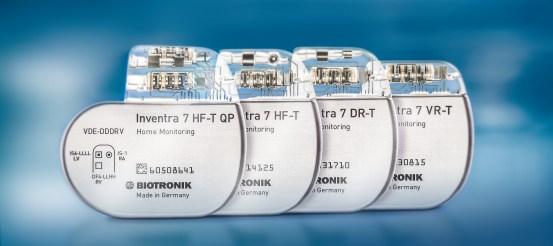CLEAR
Cylos Responds with Physiologic Rate Changes During Daily Activities
Abi-Samra et al., Europace 2012
Study Design
- Randomized, prospective, single-blinded, multi-center study
- Compare the performance and physiological response of the Closed Loop Stimulation (CLS) rate-adaptive sensor to accelerometer (XL) and no rate sensor (DDD) during typical daily activity testing.
- 1,491 patients at 98 US sites
Key Result 1
Subjects were able to sweep a statisically greater area (average of 1.6 m2 or 17.2 ft2) while in CLS as compared with accelerometer (XL) or no rate sensor (DDD).¹ The distance walked was not statistically different for CLS as compared to XL or DDD. Heart rates obtained during testing in CLS were statistically higher than the mean heart rates obtained during testing in XL or DDD.¹ Overall, CLS provides benefits over accelerometer (XL) and no rate sensor (DDD) in patients requiring ≥80% pacing. Specifically, subjects were able to sweep more area, had a reduced prevalence of OH as indicated by a closer to ‘normal’ heart rate, during both the walk and sweep activities.¹
Key Result 2
Use of CLS resulted in over a 75% reduction in the prevalence of orthostatic hypotension after standing 1 minute as compared with XL and DDD.
Clinical Relevance
- In this elderly deconditioned population, the beneficial effects of an enhanced chronotropic response were more evident in lower energy activities (CLS effect was most prominent in the stand and go test, least with the walk test).
- This study raises a legitimate question regarding the need of a more ‘tuned’ definition of chronotropic incompetence.
| Reference no. |
|
|---|---|
| Study Objective |
|
| 1° Endpoints |
|
| 2° Endpoints |
|
| Clinical Sites |
|
| Inclusion Criteria |
|
| Main Exclusion Criteria |
|
| Devices |
|
| Follow-Up |
|
| Study Duration |
|
Download Section
Related Links

Tachycardia Therapy
BIOTRONIK offers an extensive product portfolio in the area of tachycardia therapy.
1 Abi-Samra F, Singh N, Rosin B, Dwyer J, Miller C; Effect of rate-adaptive pacing on performance and physiological parameters during activities of daily living in the elderly: results from the CLEAR (Cylos Responds with Physiologic Rate Changes during Daily Activities) study, Europace, Feb 2013;15(6):849-856
